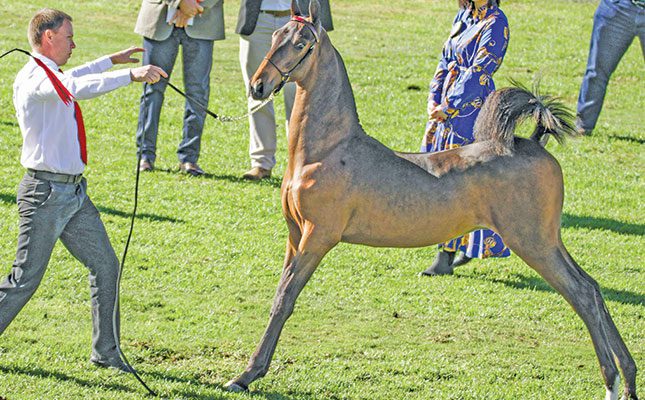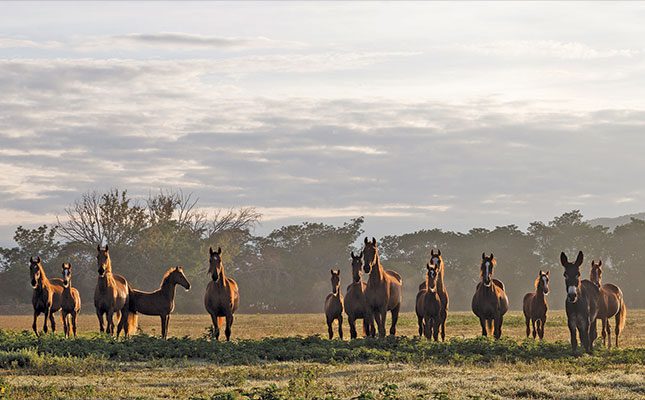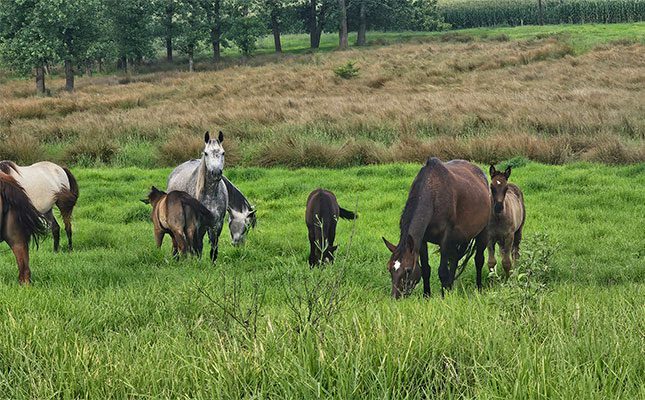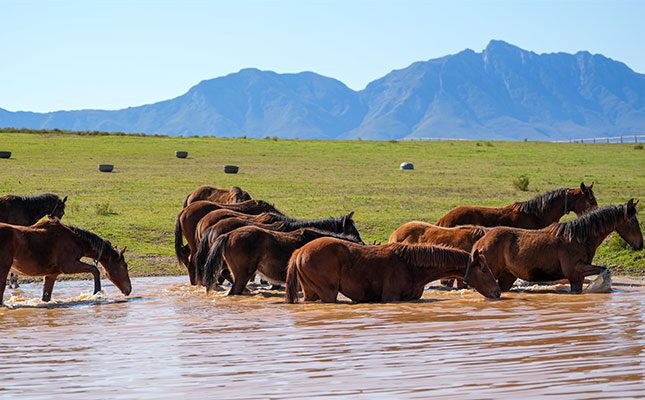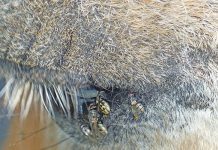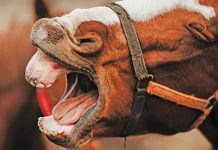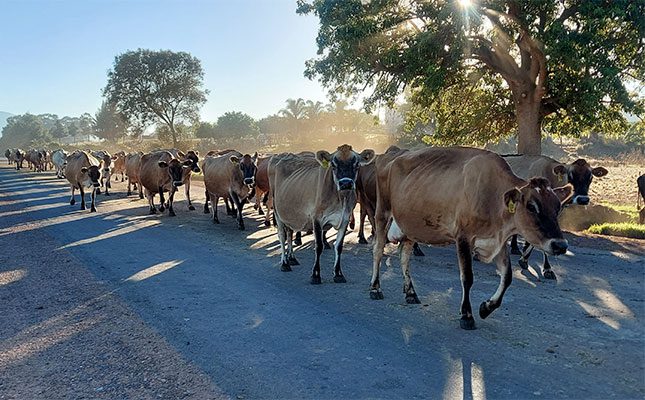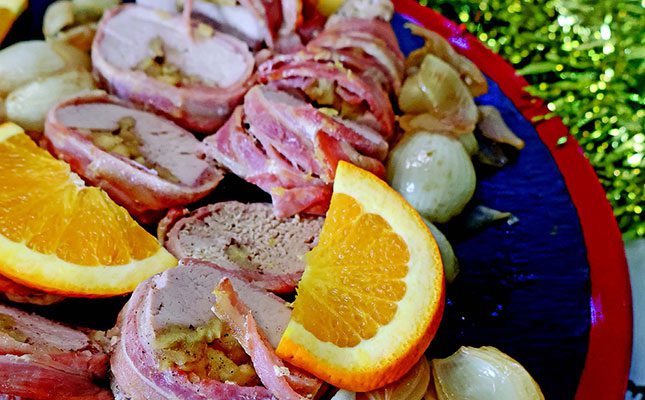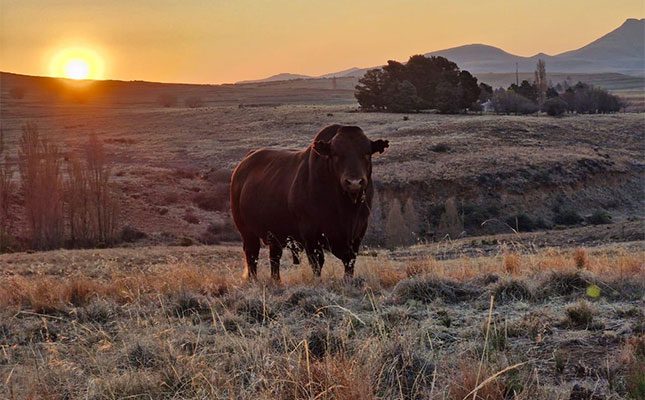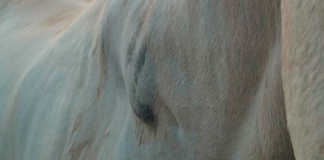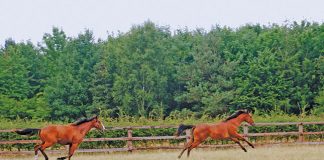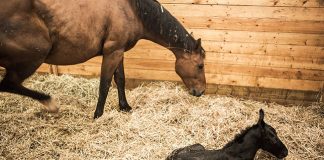
Photo: Romavor
While treats are recommended for training dogs, their use in the training of horses is very controversial. Many traditional trainers frown on the use of treats, and also recommend that riders avoid giving their horses carrots or horse biscuits.
However, the variety of different horse treats available at tack shops and horse feed distributors indicates that horse owners and riders are definitely feeding them to their horses.
Trainers who feel treats should never be fed, say that horses fed treats become demanding and are more likely to bite at their owners, or charge at them and knock them over.
Pressure
To train their horses, many trainers use the ‘release of pressure’ method. This is, in effect, negative reinforcement training. Examples of this method include the use of spurs. For instance, when the rider places the spur against one of the horse’s sides, the horse moves away from the pressure in the opposite direction.
Once he has moved away, the pressure is released.
Eventually, the horse will learn to move away from even the lightest pressure.
The use of the rider’s spur or heel to control the movement of a horse is called an aid.
Training with aids also includes steering the horse in different directions using the reins, which are attached to a bit in the horse’s mouth.
Using vocal cues to train a horse while also using mechanical aids is discouraged.
Another form of negative reinforcement is using body language to control the behaviour of the horse. In this, the trainer uses ‘dominating’ body language to move the horse away (applying pressure), and relaxes his/ her posture to encourage the horse to move closer (removing pressure). In this form of training, often called natural horsemanship, using vocal cues is also generally discouraged.
Both these methods have been used very effectively for thousands of years to train horses and encourage the bond between a rider and a horse.
Treats
Positive reinforcement was first described by Edward Thorndike in 1911, when he published a scientific article on animal intelligence.
It entails that an animal is rewarded when it does what its owner instructed it to do. According to Thorndike, this was much more effective and lasted longer than training through punishment.
Today, clicker training is a well-known example of this kind of training in horses.
Treats can also be used for positive reinforcement. Often, bad behaviour in horses is due to fear or anxiety. This is due to the release of adrenaline as a result of the fight or flight reaction common to prey animals. Horses are prey animals, and even while they have been domesticated over millennia, they were once attacked by predators, and a quick reaction time was thus a survival mechanism.
Consuming food stimulates the parasympathetic nervous system, allowing the horse to rest and digest. A small treat and calming words can help in training a horse to relax. Once the horse relaxes, the trainer can give another treat after it responds correctly.
It takes a good trainer to do this effectively. Good trainers also link positive reinforcement to specific physical or audio cues; for instance, pushing gently against a horse’s shoulder to move it over, saying “over”, then giving a treat when it does.
However, indiscriminate use of treats, such as walking around a field feeding horses in a herd carrots, can result in accidents when horses start fighting over them. Veterinarians also tend to be a little suspicious of treats that contain too much sugar or undesirable ingredients.
Dr Mac is an academic, a practising equine veterinarian and a stud owner.

